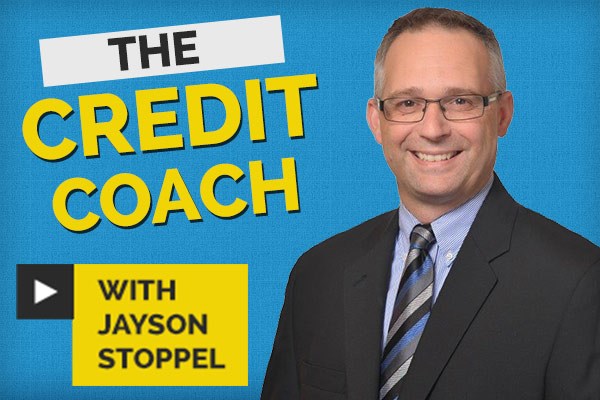Prior to the holiday season I wrote about why a budget is a vital part of any successful financial plan.
This blog will walk you through the basics of budgeting and, hopefully, with a little organization, a budgeting strategy and some time, you will take control over your finances as opposed to your finances controlling you.
If you are like many people this time of the year, you are likely trying to wait out the cold while anxiously waiting for your post-holiday credit card statements to arrive.
Some of you may have even made one or two hard-choice resolutions, are a couple of weeks into the new workout routine, and are starting to feel great about yourself. Now is the time to take that positive attitude and start working on a household budget.
Having helped countless families through the consumer proposal and personal bankruptcy processes, I have witnessed that budgeting always seems to be something that is left off the to-do list or procrastinated over by many.
The whole notion of a budget makes many people anxious or tense. Perhaps they’re nervous that it won’t work, perhaps numbers are boring to some. Many avoid a budget — like they avoid a diet — because it takes a little effort and pushes them out of their comfort zones. The good news is, if you focus on keeping it simple the budgeting process is not as intimidating as you might think.
Step one: figure out what you’re spending your money on
I have talked about this in previous blogs: the need to gather information about all your spending: mandatory and entertainment.
Even if you have the fanciest budgeting tools and all of the best intentions, if you don’t know what you spend month-to-month any budget you put together is really just a list of guesses. So a bit of a reprieve before the heavy lifting starts, get some envelopes and track the household expenses for 30, 60, even 90 days and really nail down what it is you are spending your money on.
While you’re tracking household spending, you can also pull together information on financial obligations like utility bills, loan payments, property taxes and insurance payments so you can add these to your list of expenses.
Finally, don’t forget to write out a list of the unusual items, the once-in-a-while costs that pop up. Car repairs, birthday gifts, holiday celebrations. All of these items need to fit into the budget.
I recommend adding up the estimated annual amount and dividing that number by twelve so that an equal portion of the expense is in your budget each month.
This is the data you will need to create that budget.
Step two: determine your total income
The second step is to gather up the information on the household income, what is coming in the front door from employment, government pensions, and child tax credits. What do you have available to spend monthly on the day-to-day costs of running your household?
Step three: look for a budgeting tool that will work for you
Now it’s time to gather some intel on how others are doing it. The internet is a wonderful place filled with thousands of helpful websites with budgeting tips, budgeting tools and worksheets to assist with the budget process. A word of caution at this point — remember to keep it simple.
You are tracking the household income and expenses, not balancing the books of the federal government, so be wary of elaborate software. At the start I recommend staying away from any options that require a financial outlay. There is a lot of useful free stuff out there about budgeting and money management — take some time to explore the Financial Consumer Agency of Canada and Practical Money Skills Canada websites.
Once you have chosen an online tool or a spreadsheet, you’re ready to create your budget. Just the act of getting a budget together is a win, so congratulate yourself that you’ve begun the process.
After you’ve put your numbers into a budget, chances are you will either have a deficit or a surplus.
If you have a deficit, you will need to review and tinker with the amounts — relying on credit cards to fill the gap, even in the short term, shouldn’t be an option.
Now is the time to review cost-cutting measures, which is an entire topic unto its own. A useful tip I like to give my clients is to believe in the power of the accumulation of many small savings in a number of areas, rather than making one big adjustment.
If your budget has a surplus available, identify what payments are necessary to pay down the credit cards in the household.
This last step can be tricky especially if you are in a situation where the minimum payments exceeds the budget surplus you have been able to identify. If this is the case you may need to discuss your options with a debt relief professional.
I’ll talk about those options in next week’s blog.
There it is — you now have a working budget. Three steps and 90 days later, and you can be well on your way to taking control of the household’s finances.
Jayson Stoppel is a Licensed Insolvency Trustee and Chartered Accountant with BDO First Call Debt Solutions. With over 15 years in practice, Jayson assists individuals, families and companies with financial difficulties in Thunder Bay and throughout Northwest Ontario. To reach Jayson by email: [email protected]

